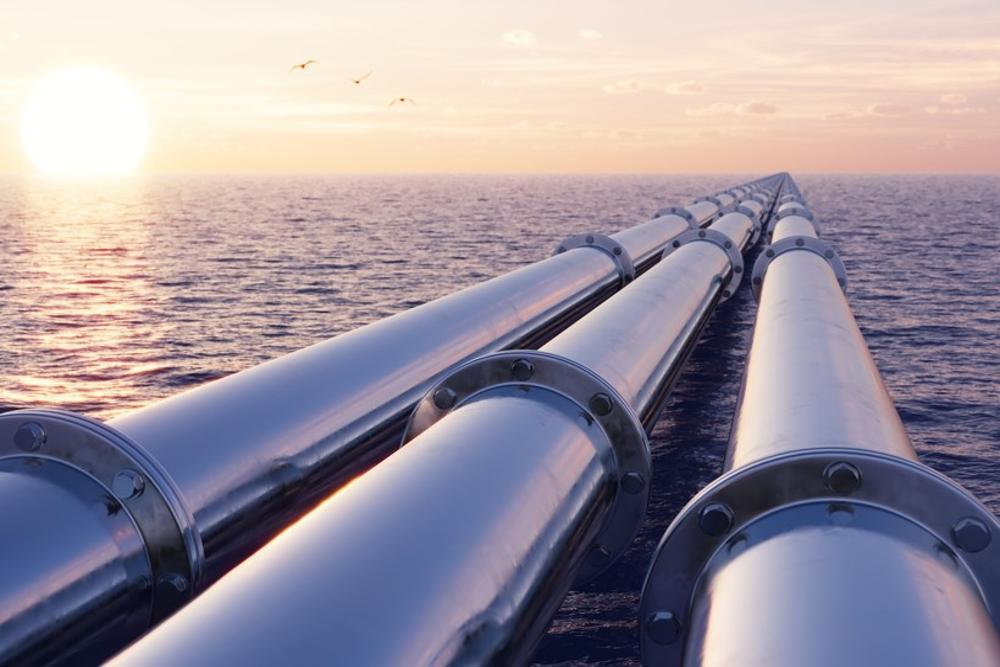
In a presentation at the Australian Pipelines and Gas Association’s (APGA) Virtual Convention 2020, Australian Gas Infrastructure Group (AGIG) Manager Policy and Government Relations, Drew Pearman, said replacing natural gas with renewable gaseous fuels is the least expensive way to achieve net-zero emissions.
“If we can, we should make use of existing infrastructure as much as we possibly can because they represent investments that have already been made to achieve net-zero emissions,” Mr Pearman said.
Replacing energy generated by coal and gas with renewables that generate electricity has many additional infrastructure costs that are often not fully considered.
“Moving to fully electrify all of that energy consumption would not only be technically difficult, it requires a significant shift in the way we use infrastructure today, and that shift is likely to be very costly,” Mr Pearman said.
AGIG is looking at a future where hydrogen is used to replace all gas used today, whether in houses, in industry and in commercial applications.
“We can achieve that at much lower costs than fully electrifying,” he said.
“It is important in considering future policy options that we work to take advantage of both the benefits and the costs that accrue to the entire energy system in the way we move forward. And the only way to really take full advantage of existing gas infrastructure and to take full advantage of renewable fuels like hydrogen and biomethane is to take full account of the entire costs across the energy system.”
To encourage the uptake of hydrogen and other renewable gases, Australia needs market activation policies for renewable gases so that the nation can benefit from these emissions-reducing technologies, Mr Pearman detailed. Market activation policies has provided significant assistance to the penetration of large-scale solar energy.
And while every jurisdiction has hydrogen strategies and targets, and hydrogen has secured a $85 million share of the $10 billion spent in research and development, demonstration and commercialisation over the past 10 years, it is missing out on market activation policies.
These policies help to activate markets by providing a greater degree of demand certainty, securing secure longer-term revenue streams and by creating value for emissions reductions that are achieved.
“Most importantly, none of these [market activation] policies applies to renewable gas and none of them applies to the blending of renewable gases into networks or into pipelines despite those technologies being capable of achieving emissions reductions,” Mr Pearman said.
Market activation policies would help take hydrogen to the next level, beyond that being achieved in existing demonstration projects.
These policies would help renewable gases to establish demand; build scale and efficiencies into production and blending; to ensure costs are minimised and dispersed as much as possible; and to provide investor certainty.
Marine growth on subsea pipelines
The APGA also included a presentation by a multidisciplinary team from the University of Western Australia and Tasmanian Gas Pipelines that have undertaken a world-leading pilot study that overturns a number of assumptions made about subsea pipelines.
Tasmanian Gas Pipelines General Manager Power and Pipelines, Wacek Lipski, and Director Aurora Offshore Engineering, Terry Griffiths, explained that marine growth is a problem for pipelines, but subsea engineers are not marine biologists.
“We actually see the marine growth as a uniform impermeable layer around the outside of our pipelines and we pretend that that is going to be good enough for us to come up with appropriate engineering outcomes,” Mr Griffiths said.
He noted that the effect of marine growth on vortex-induced vibration, a phenomenon that causes metal fatigue in pipelines, is not considered by engineers or certifying bodies.
The research team analysed samples of marine growth from a span of the Tasmanian Gas Pipeline to identify individual organisms.
“What we discovered was that the marine growth was not uniformly distributed around the circumference, it’s not just the one critter, it’s actually a whole host of different organisms,” Mr Griffiths said.
The team found the marine growth are mostly animals rather than plants, and most of them live on the top of the pipe.
After testing a number of different scenarios on a pipeline in a lab setting with different types of marine growth and other variables, the researchers discovered that the marine growth tended to push the pipeline down onto the seabed, which is a good outcome for the pipeline.
They also found a dramatic reduction in the cyclic lift forces which are a significant cause of vortex-induced vibration, and the type of marine growth made no difference to this.
While the pilot study results need to be further tested, the new information has the potential to reduce maintenance costs on subsea pipelines and other subsea structures.







